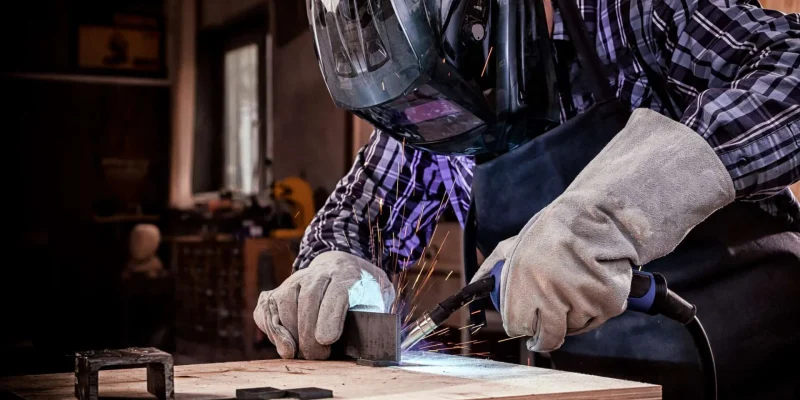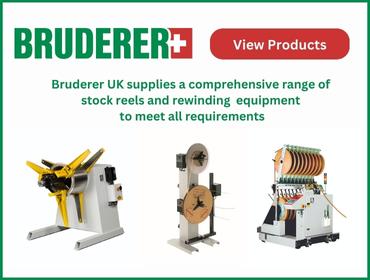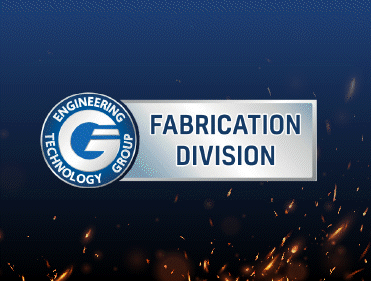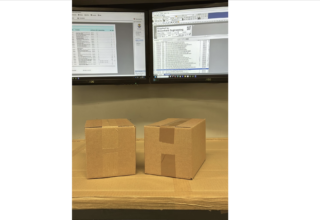
Behind every successful steel fabrication project lies an intricate web of quality control measures that most people never see. These systems, developed and refined over generations of manufacturing, determine whether a structure will fail or stand successfully.
Material Inspection and Testing Protocols
The quality control process begins long before the first cut is made. Steel suppliers must provide mill test certificates or a material test report (MTR) detailing the exact chemical composition and mechanical properties of a specific batch of steel. It is a guarantee that the material meets the required standards and specifications for its intended use.
Spectroscopic analysis reveals the precise carbon, manganese, and alloy content, whilst tensile testing confirms that yield strength and ductility meet specification requirements. This dual verification catches materials that might have been contaminated during transport or incorrectly labelled at source.
Precision Manufacturing and Dimensional Control
Modern fabrication shops utilise computer-controlled plasma and laser cutting systems that can achieve tolerances within millimetres. However, technology alone doesn’t guarantee quality. Operators must regularly calibrate equipment, monitor cutting parameters, and inspect finished components against technical drawings.
Every beam, column, and plate undergoes dimensional verification using precision measuring equipment. Parts that fall outside specified tolerances are either reworked or scrapped entirely.
Welding Quality Assurance and Joint Integrity
Welding is often considered the most critical control point in steel fabrication. A poor weld can compromise an entire structure, regardless of how perfectly other components are manufactured. As such, certified welders must demonstrate their competency through practical tests that mirror actual production conditions. In addition, welding procedures are thoroughly documented, specifying electrode types, current settings, travel speeds, and interpass temperatures. All the while, supervisors monitor these parameters, as even minor deviations can compromise joint integrity.
Alongside all of this is non-destructive testing, which reveals flaws invisible to the naked eye. Radiographic examination uses X-rays to detect internal defects. Then there is magnetic particle inspection, which highlights surface cracks in ferromagnetic materials, whilst dye penetrant testing works on non-magnetic steels and reveals hairline fractures that could propagate under load. These techniques identify problems before components leave the workshop, preventing expensive rectification work on-site.
Final Inspection and Certification Processes
Surface preparation and protective coating application both require attention. Steel exposed to Britain’s damp climate will corrode rapidly without proper protection. Shot blasting removes mill scale, rust, and contaminants that would undermine coating adhesion.
Environmental monitoring equipment tracks temperature and humidity during coating application, as adverse conditions can cause coating failure. Documentation threads through every stage of the quality control process. Test certificates, inspection reports, and non-conformance records create an audit trail that demonstrates compliance with British Standards and building regulations. This paperwork is vital for structural inspections and insurance assessments.
Professional Mobile Steel Welding and Steel Fabrication from Baker Steel Trading
Baker Steel Trading is the South East’s chosen steel fabricator and mobile welder. With years of experience in high-quality mobile welding for steel to our client’s exact specifications, Baker Steel Trading have a track record of delivering quality and excellence in steel fabrication and mobile welding. Please get in touch with us to learn about our mobile welding services and how we can help you.













